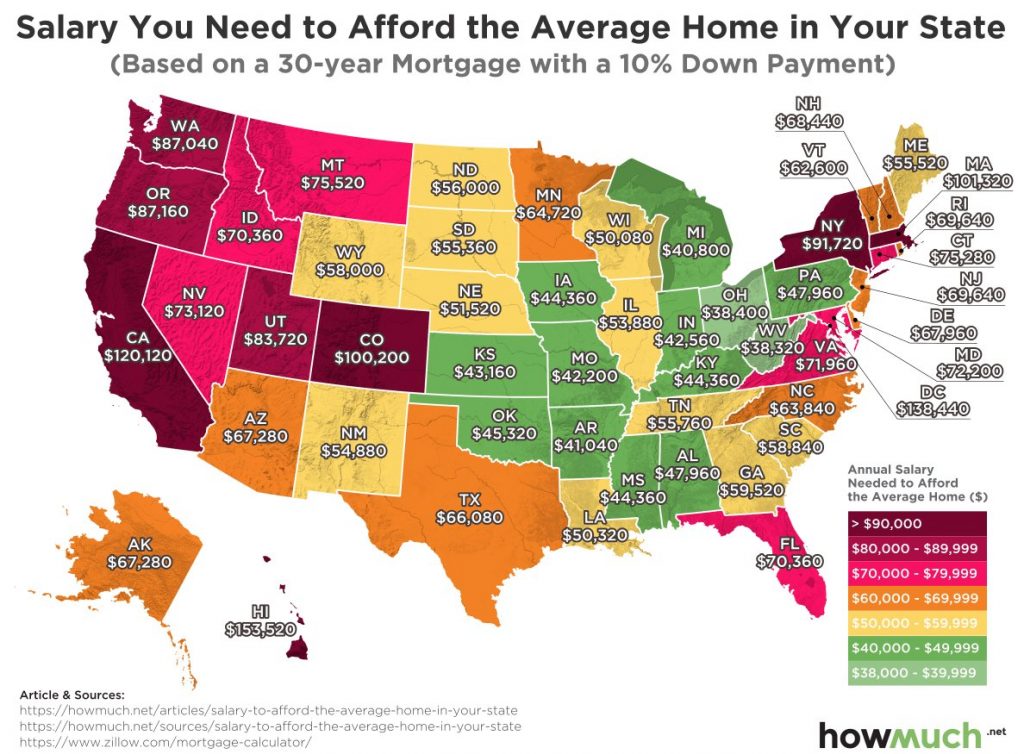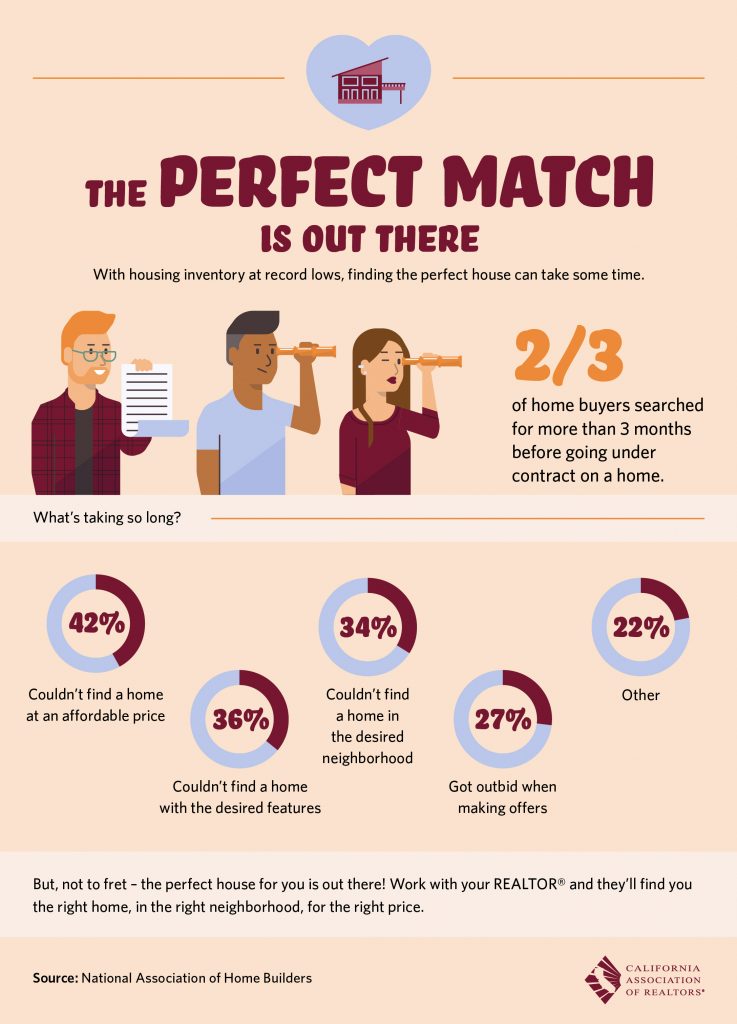Despite the enormous gains in the housing market, and the rapid surge in home prices in recent years, nearly 2 million people still owe more on their mortgage than their home is worth.
Throughout much of the housing downturn a decade ago, the plight of underwater borrowers sparked fierce debates. Many industry participants fretted about homeowners making “strategic defaults” — calculating that it would be smarter to cut their losses and walk away from the home, leaving an empty house and a broken promise to pay.
While there’s lots of evidence that most homeowners who defaulted did so because they had no other choice, the issue is still controversial.
Still, a survey published by the New York Fed this week sheds some light on how homeowners think about their mortgage payments when they’re underwater — or at least how they say they think about it.
The survey, the housing component of the massive Survey of Consumer Expectations, asked underwater owners: “Have you considered no longer making your monthly payments on loans against your home?” Nearly 87% said “no, absolutely not.” Another 6% said “yes, considered but did not stop.” No one admitted, “yes, actually did stop.”
While it’s fairly obvious that survey responses are always subjective, the responses to this particular survey may be even more complicated than usual. For one thing, many homeowners who loved their homes but lost their jobs may simply never have been able to keep them.
But perhaps even more poignant is the 11% of people who said they knew home prices would recover. In the depths of the downturn, with prices down 30%, that was probably hard to fathom.
Daren Blomquist, senior vice president at the real-estate data firm Attom Data, has frequently spoken about this lesson learned from the crisis. If the housing market turns down again, he told MarketWatch in December, we should “find ways to help those distressed homeowners stick it out and not go through foreclosure,” he said.
“There was a sense that it was financially smart to cut their losses and just walk away, but in many areas of the country we’ve seen home prices exceed their pre-recession peaks,” Blomquist said. “If they could have just stuck it out they would have built wealth.”
Of course, the next downturn will probably not look like the last one. But Americans seem to have lots of strong personal reasons to keep making mortgage payments, even in the worst conditions



